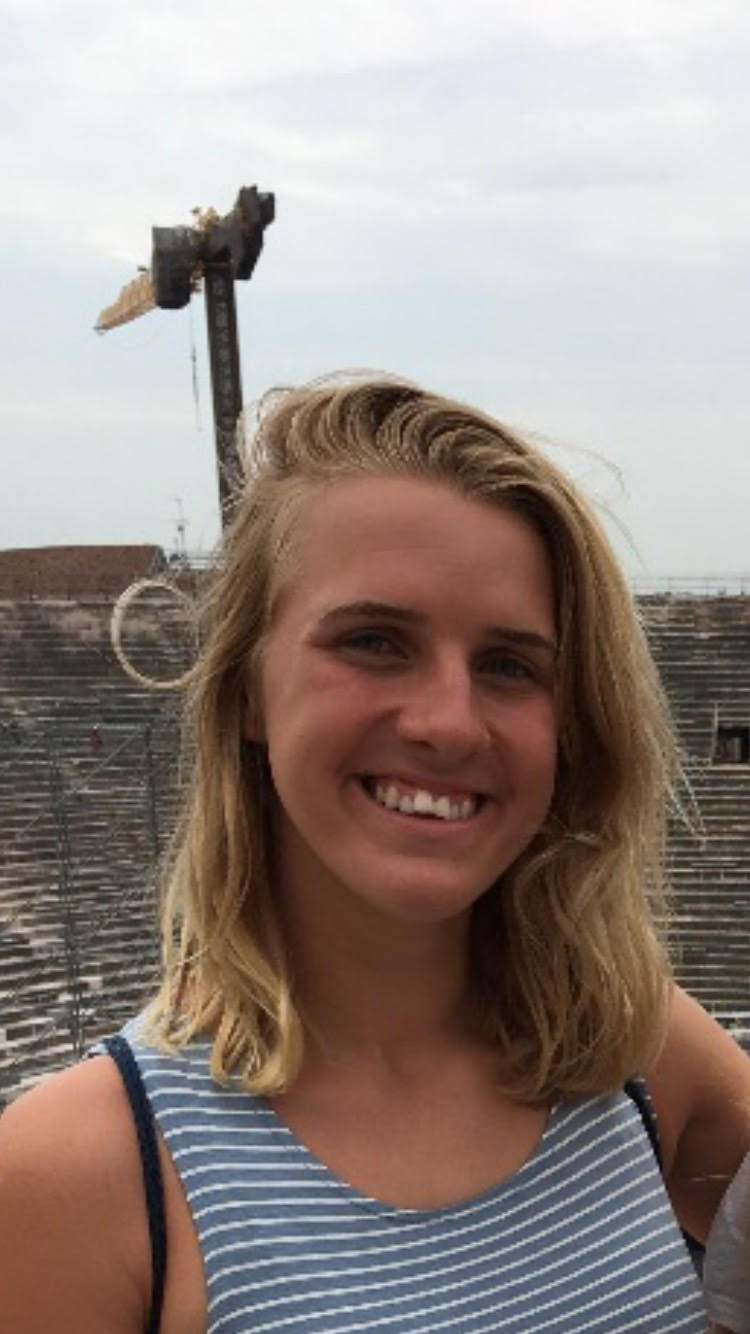Celebration of Scholars
“The thing”: An exploration into America’s 20th-century consumer culture, black shame, and Toni Morrison’s The Bluest Eye
 Name:
Margaret White
Name:
Margaret White
Major: English
Hometown: Franklin Park
Faculty Sponsor:
Other Sponsors: Shannon Brennan
Type of research: Senior thesis
Abstract
Within the world Toni Morrison sets her novel The Bluest Eye in, little black girls are not only considered ugly but more so not precious. This essay argues that America’s Consumer Culture determines this standard of preciousness through its established paradigm of white-washed images depicted in different consumer products and advertisements. Morrison establishes this specific 1940s Consumer Culture using product placement throughout the novel. These product placements range from the naming of specific beauty and hygiene products to authentic names of hollywood stars mentioned by characters, Morrison uses product placement to generate a genuine insight into the perceived world of a consumer in rural, Ohio circa 1941. Drawing upon intersectional and feminist cultural criticism, this essay uses selected readings from The Bluest Eye in order to explain how the lack of realistic representation with America’s Consumer Culture produces a negative image of black females. And how this in turn means little black girls are unable to be considered precious within the world of The Bluest Eye.
Submit date: March 15, 2018, 11:01 p.m.
